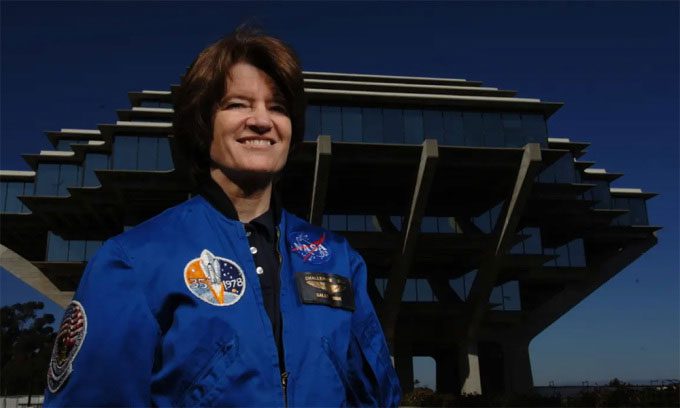The all-female crew, benefiting from biological advantages compared to men, may have an easier journey on the long trip to Mars.
Finding suitable candidates for a flight to Mars is not an easy task. They must prepare for the significant risk of never returning, living in a cramped spacecraft for about 7 months to reach Mars, while also being highly trained specialists in any role on Earth. According to a new study, the first astronauts to travel to Mars should be women, reported IFL Science on May 3.

Sally Ride made history as the first American woman to fly into space in 1983. (Photo: Alan C. Heison).
This is not a new idea. In the 1950s, experts at NASA’s Special Committee on Life Sciences suggested that female astronauts were more suited for space travel than their male counterparts. A short-term project funded by private sources aimed to test female pilots’ suitability for astronaut roles, known as the Lovelace Women in Space Program.
Their bodies are often smaller and lighter, requiring less oxygen and fewer calories, which helps save weight and resources. Women’s reproductive systems are also believed to be more resilient to radiation, and they experience fewer heart issues than men. However, partly due to gender inequality during that era, men were often the only ones selected as astronauts. The first American woman in space was Sally Ride, who made her historic flight in 1983.
A new study published in the journal Scientific Reports in April reaffirms the ideas of Dr. W. Randolph Lovelace II and Dr. Donald Flickinger from the 1950s, highlighting that female astronauts have many advantages. The research was conducted by Jonathan P. R. Scott, an expert at the Space Physiology Medical Institute (MEDES) in France, along with his colleagues.
The team of experts examined oxygen consumption, total energy expenditure, CO2 production, heat generated, and water needs of both males and females during long-duration space missions. The results indicated that for male astronauts, body size alone was sufficient to significantly increase all metrics. Specifically, total energy expenditure increased by 30%, oxygen consumption by 60%, CO2 production by 60%, and water needs by 17%. Female astronauts exhibited much better metrics even when their body size increased.
The new study, combined with the current trend towards smaller living modules, suggests that an all-female crew could be advantageous for the first landing on Mars.


















































